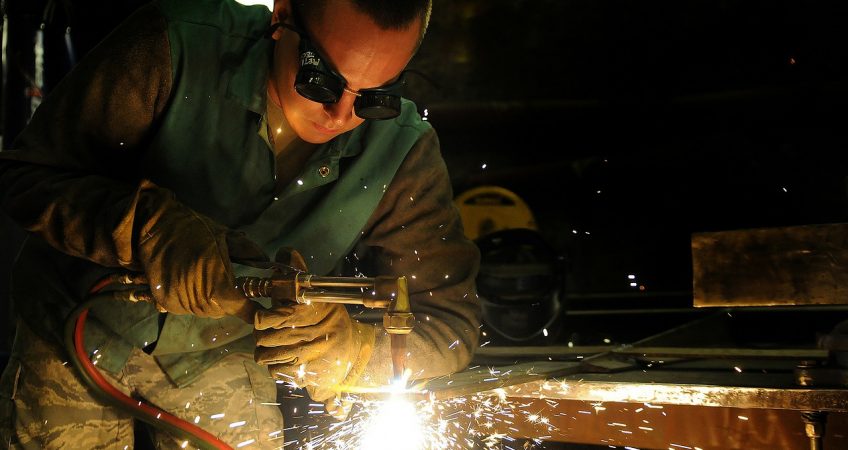In its basic definition, metal fabrication is using raw metal materials to build machines and structures. The method entails burning, cutting, welding, machining, forming and assembling, and projects can range from hand railings to heavy machinery. Some subsectors of the method include hardware manufacturing, cutlery, hand tools, architectural and structural metals, and more.
See below more about metal fabrication shops and experts, and where their industry is going.
Benefits of metal fabrication shops
One of the main upsides of metal fabrication shops is their one-stop structure. A one-stop metal fabrication shop reduces the need for builders to enlist other vendors, thus streamlining the process.
How metal fabrication works
As mentioned, metal fabrication is conducted across industries and for many consumer products. Typical raw materials used for metal fabrication include plate metal, sectional metal, welding wire, fittings, castings, and more. Shops typically have different experts, including welders, ironworkers, blacksmiths, and more, who turn the materials into their finished product.
The people behind metal fabrication
The Bureau of Labor Statistics reports that around 1.425 million workers work in the metal fabrication industry. These folks perform a variety of tasks and roles, whether it’s operating, supervising, managing, welding or assembling.
The economics
The economy, especially local economies, drives the demand for metal fabrication, so its success and profitability rely on economic growth. Metal fabrication has strengthened following the last recession and continues to thrive. Some workers adjusted their workloads to maintain a profit, such as focusing on sales rather than only a few projects a year.
The industry
The metal fabrication industry tends to move in cycles and depends on other fields, such as auto and construction. Metal fabricators will often look at statistics for industries in order to predict their potential work and profits. Investors usually examine a specific consumer base and economic occurrences that apply to them.
The future of metal fabrication
As machinery evolves, metal fabricators are able to increase efficiency and keep up with demands. Predicting the success of metal fabrication is often tricky because it depends on other fields. But, the usual conclusion is that those who can keep up with the ever-changing demands will profit the most.
Capital is crucial
To keep profits up, metal fabrication shops need capital to modify output quickly and meet their diverse customers’ demands. In a flourishing economy, this is easy but, when money gets tight, some fabricators look for shortcuts. In order to keep a diverse customer base, it’s crucial for fabricators to make investments that help their variable output.
How a metal fabricator can protect themself, financially
Between diversifying the consumer base, watching competitors, and simplifying the process, fabricators can protect themselves from a hurting economy. Metal fabrication remains a solid investment, and those who can streamline their process, with proper capital, will thrive.
Discover professional metal fabrication services from Florida’s leading metal fabricator, Megstar Industries.

